If you make a purchase, My Modern Met may earn an affiliate commission.
just readour disclosurefor more info.
Uruguayan architectGomez Platerohas released a series of conceptual renderings of a mass memorial for the victims of COVID-19.
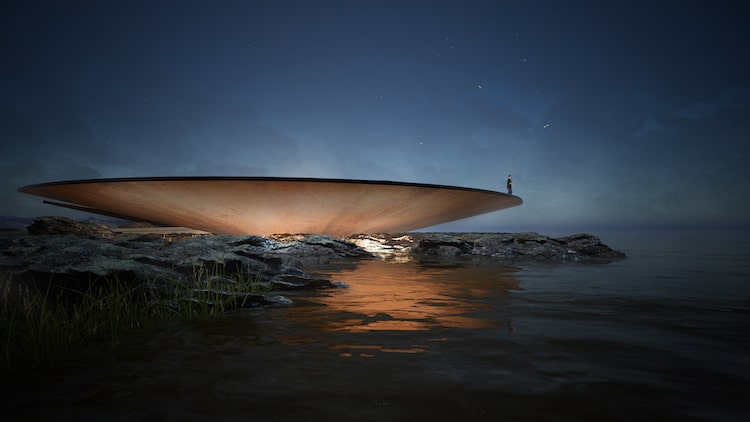
World Memorial to the Pandemic (Design by Gómez Platero Architecture & Urbanism)This post may contain affiliate links. If you make a purchase, My Modern Met may earn an affiliate commission. Please readour disclosurefor more info.
Monuments, too, mark our shared cultural and emotional milestones, he says.
Why Do We Have Monuments?
Monuments or commemorative statues are types of memorials that often pay homage to individuals.
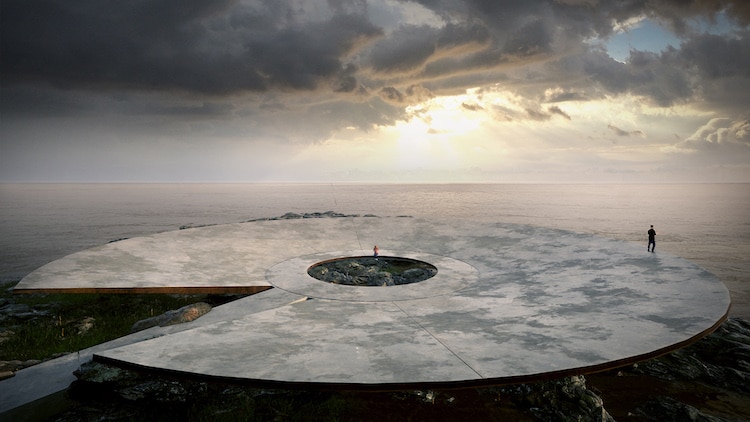
World Memorial to the Pandemic (Design by Gómez Platero Architecture & Urbanism)
The statue is often built in the likeness of the person it’s commemorating.
Each monument serves as a physical representation of a memory that is celebrated.
These words were written by Viet Thanh Nguyen, author ofThe Sympathizer, referring to the Vietnam War.
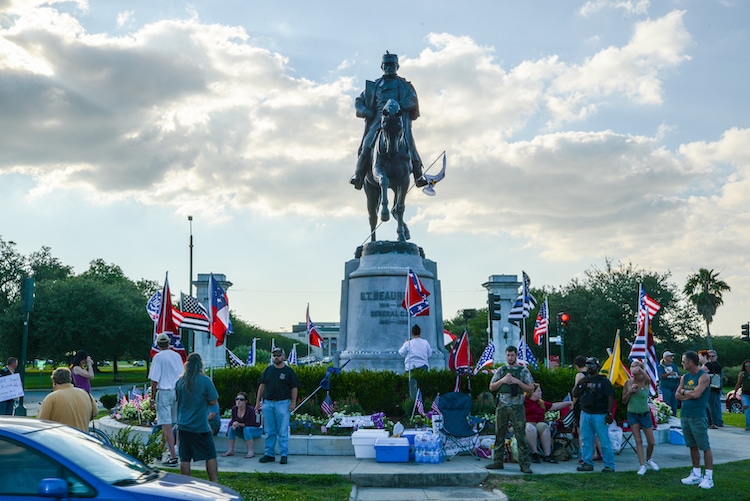
Nathan Bedford Forrest Monument (Photo:Stock Photosfrom Suzanne C. Grim/Shutterstock)
Is intention important when considering the removal of monuments?
Do monuments need to be more abstract to stand the test of time?
These are all valid questions and concerns that architects are now addressing in their designs.
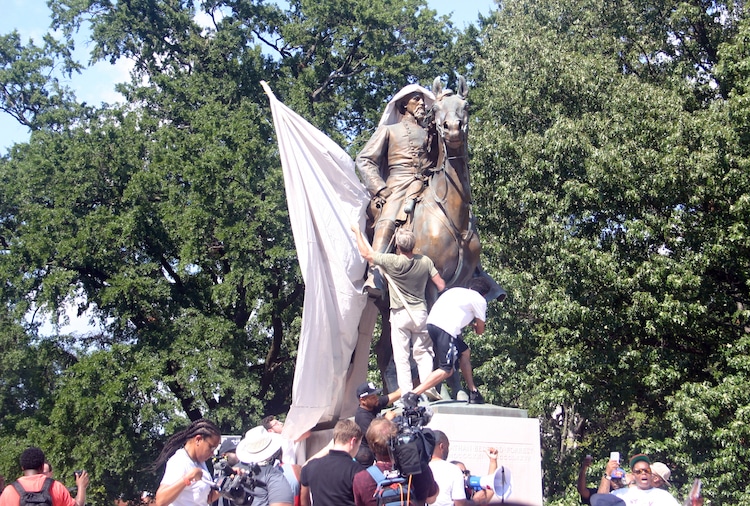
Nathan Bedford Forrest Monument (Photo:Stock Photosfrom L. Kragt Bakker/Shutterstock)
There is a clear shift in the way monuments are now being designed.
The largest amount of these statues were installed during 1900-1920.
The Forrest Monument coincides with this time frame, having been built in 1905.
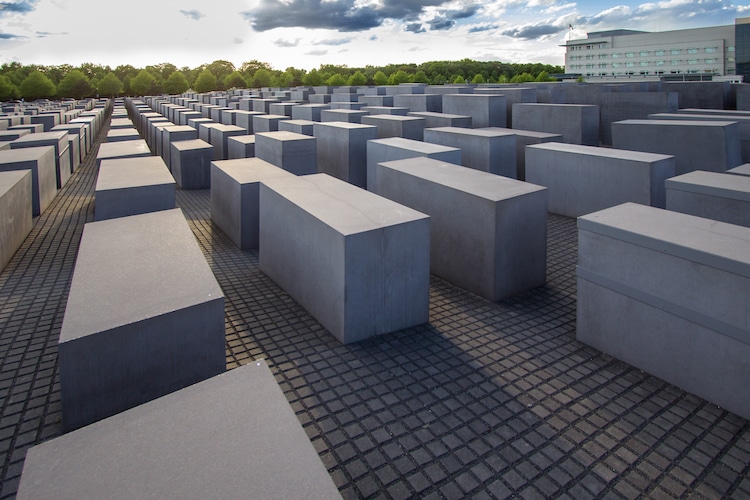
Memorial to the Murdered Jews of Europe (Photo:Stock Photosfrom D.Bond/Shutterstock)
Agraphic mapcreated through data from theSouthern Poverty Law Centerreveals an important pattern.
What Will Future Monuments Look Like?
Modern iconic memorials tend to be pieces of architecture that allow us to connect with history in physical ways.
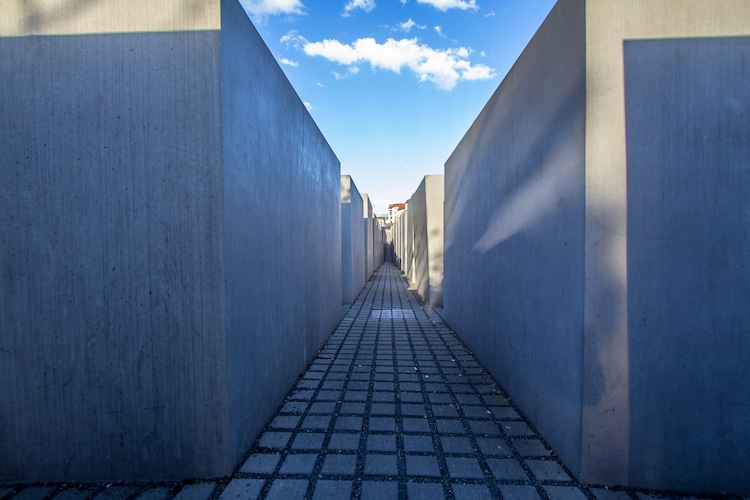
Memorial to the Murdered Jews of Europe (Photo:Stock Photosfrom D.Bond/Shutterstock)
The sculpture park creates a wave-like form as the slabs of different heights interact with the landscape.
It is meant to be experienced as a procession that is different for each visitor.
It is open at all times of days, and from all endpoints.
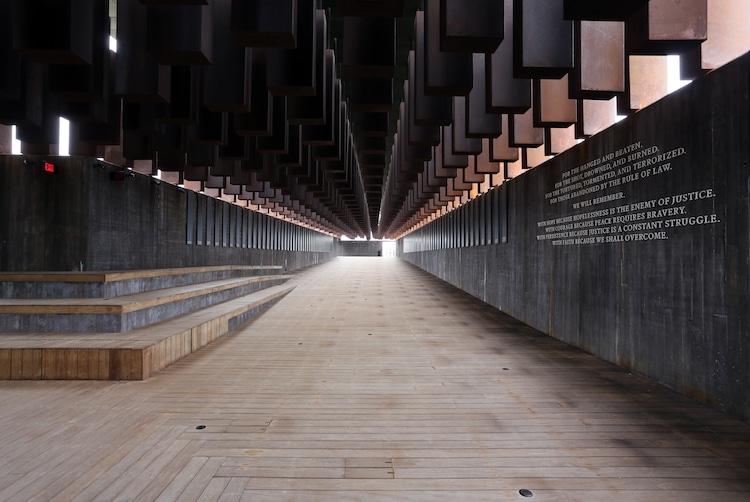
The National Memorial for Peace and Justice (Photo:Stock Photosfrom Katherine Welles/Shutterstock)
It is designed to be purposely abstract and non-prescriptive so that visitors can experience it as they need to.
The design creates a moving and overwhelming experience for visitors as the sheer number of blocksabout 800hang overhead.
EJI explains, The memorial is more than a static monument.
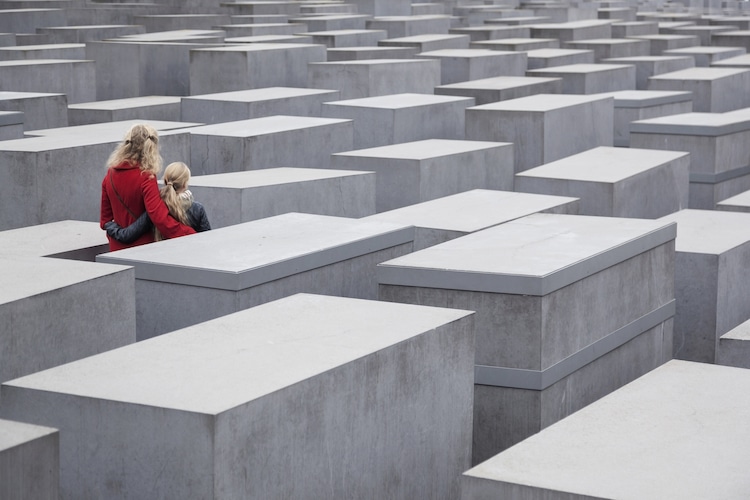
Memorial to the Murdered Jews of Europe (Photo:Stock Photosfrom Anton Havelaar/Shutterstock)